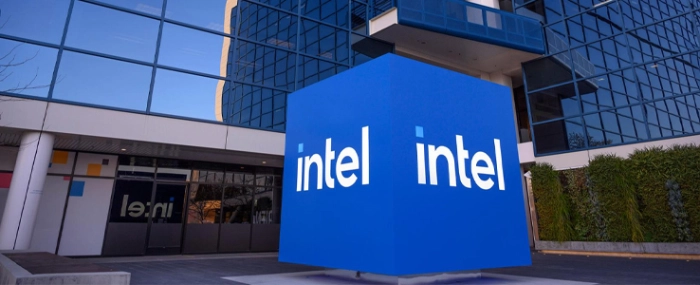
Intel foundry unit sees increased losses, turning the ship around
Intel Corporation has outlined a new financial reporting structure, aligned with the company’s previously announced foundry operating model for 2024 and beyond.
According to Intel, this new structure is designed to drive increased cost discipline and higher returns.
To support the new structure, Intel provided recast operating segment financial results for the years 2023, 2022 and 2021. And as pointed out by Reuters, the manufacturing unit had USD 7 billion in operating losses during 2023, a steeper loss than that of USD 5.2 billion in operating losses the year before. The company also shared a targeted path toward long-term growth and profitability of Intel Foundry, as well as goals for driving financial performance improvement.
“Intel’s differentiated position as both a world-class semiconductor manufacturer and a fabless technology leader creates significant opportunities to drive long-term sustainable growth across these two complementary businesses,” said Pat Gelsinger, Intel CEO, in a press release. “Implementing this new model marks a key achievement in our IDM 2.0 transformation as we hone our execution engine, stand up the industry’s first and only systems foundry with geographically diverse leading-edge manufacturing capacity, and advance our mission to bring AI Everywhere.”
The new operating model establishes a foundry relationship between Intel Foundry, the company’s manufacturing unit, and Intel Products, comprised of the company’s product business units.
Intel Foundry is a newly established operating segment that includes foundry technology development, foundry manufacturing and supply chain, and foundry services (formerly IFS). Under this new structure, Intel Foundry will recognize revenues generated from both external foundry customers and Intel Products, as well as technology development and product manufacturing costs historically allocated to Intel Products.
“This model is designed to unlock significant cost savings, operational efficiencies and asset value. As it begins to take hold, we expect to accelerate on our path toward achieving our ambition of 60% non-GAAP gross margins and 40% non-GAAP operating margins in 2030. Ultimately, improved cost competitiveness will help us deliver process technology, product and foundry leadership while driving significant financial upside for Intel and our owners,” says Dave Zinsner, Intel's chief financial officer.
Intel says that by transitioning to the new operating model, the company is expected to enable Intel Foundry to achieve profitable growth and unlock unrealised value across Intel’s approximately USD 100 billion in capital assets.
Intel also announced the appointment of Lorenzo Flores as chief financial officer of Intel Foundry, effective April 8, 2024. Flores brings nearly 30 years of financial experience in semiconductors and technology, including most recently as the chief financial officer of Xilinx to the position.
